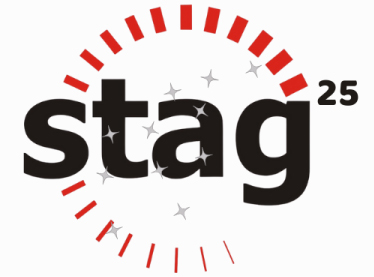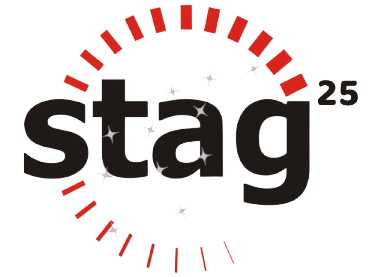
Modernization of Test Automation Reduces Test Cycle Time by 80%

CUSTOMER AND PRODUCT BACKGROUND
The customer is a market leader in the independent data integration space, providing data integration services and software that enable organizations to access, integrate, and trust all its information assets, thereby giving organizations a competitive edge and enabling them to increase revenue, improve profitability, and ensure customer loyalty.
The customer’s flagship product delivers an open and scalable data integration solution that addresses the complete life cycle of data integration projects, including data warehouses and data marts, data migration, data synchronization, and information hubs. The product uses the latest technology enhancements to reliably manage data repositories and deliver information resources in a timely, usable, and efficient manner.

PROBLEM STATEMENT
The customer was using an automation suite that was developed using Rational VisualTest. This suite had a number of problems caused by the inherent limitations of the tool used to develop it. The problems included manual dependency to get the scripts to run within it against any new build released, non-existence of tool support for VisualTest, limitations with respect to support on other versions of the Windows operating system and support for internationalization (I18N), framework limitations when it came to extending the scripts with new functional changes, and difficulty in building the competency on the suite’s toolset.
Therefore the customer looked to modernize test automation from Visual Test to Borland Silk Test, the customer’s preferred tool.
A key challenge was the lack of test case documents for the product.

SOLUTION
The STAG team first analyzed the existing automation suite developed using Rational VisualTest to understand the test case flow and help derive automated scripts for Borland SilkTest.
The team designed an effective data driven architecture to provide the required flexibility to add or maintain test data in external SQL tables and drive the business functions using the test data. This reduced the overhead of generating multiple Silk data driven files for every script and hence reduced the maintenance of data driven scripts. Since the application was very data intensive, the team chose SQL server as the test repository, keeping in mind the possible future requirement of maintaining test data for multiple languages.
The team also implemented a recovery mechanism to handle any open or unexpected windows. The architecture enabled the scripts to run uninterrupted for longer durations, a key requirement of the customer.
I18N support was achieved by building flexibility into the framework that allowed the use of the same code base for multiple languages by providing language property files. Using this approach, English and Japanese language support was provided for the released code base; it also ensured that the same code base could be ported to other languages as well.
Script extendibility was achieved by providing the flexibility to scale the existing framework to add support for new features or maintain the existing libraries to support changes in the application. The team also ensured that scripts that were developed were built in adherence to sound development principles like using global variables, ensuring that no information was hard-coded, creating code and method-level documentation, adhering to coding principles, and releasing object references.
The team was thus able to convert all the existing automated scripts from Rational VisualTest to SilkTest

OUTCOME AND VALUE ADDITIONS
Through its efforts, the STAG team was able to bring down the cycle time from 5 working days to just 24 hours, an 80% reduction. It also ensured that a sound recovery mechanism was in place and that scripts could run uninterrupted for long durations of up to 24-36 hours.
The STAG team was able to put in place an effective framework that could be re-used by the customer QA to add new test scripts in future. The client QA team was able to automate a new set of 120 test cases with a 50% reduction in effort.


